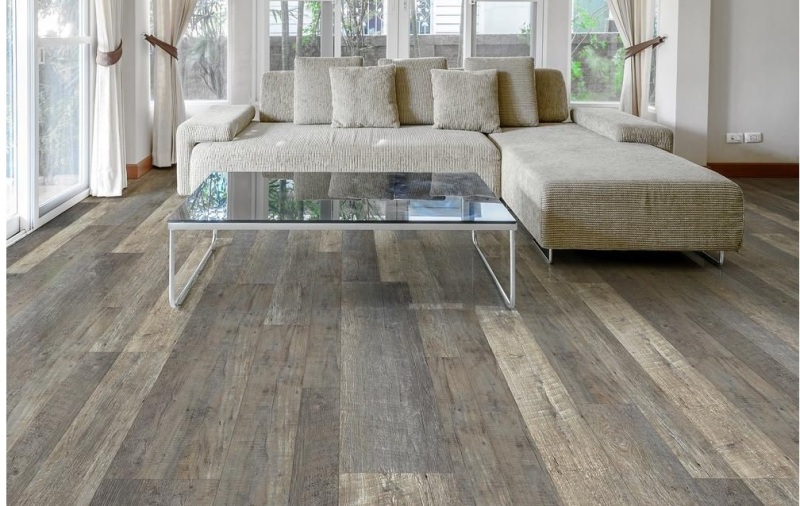You love your floor and you love your furniture, but what if that amazing furniture is potentially damaging a beautifully stained real wood floor, or leaving a carpet threadbare?
Some furniture legs are beautifully ornate while others have metal and studded finishes. If you like a more modern look, you’ll probably have chairs legs that are made from metal.
Each time you sit down the furniture moves ever so slightly, and over time those small movements add up to scratches and other damage that requires a bigger and expensive effort to rectify. And of course that doesn’t fix the problem.
As with most things in life, the answer is simple. You just need to put a layer of protective material between your furniture leg and the floor.
Often furniture comes with simple floor protectors that stick to the underside of your chair and sofa legs, however these are not always high quality and easily become puckered by simply putting the furniture into place for the first time.
Floor protectors are a simple project and one that you can do at home yourself.

Types of Protection
The most common materials to prevent your sofa legs from damaging your floor include:
- Felt
- Leather
- Foam
- Plastic Lids
The advantage of making them yourself is that you can use a material that suits you. You may choose something more hardwearing or thicker for example than what came with the furniture, or that you can buy online.
You can also choose the colour of the material so it matches the colour of the leg. This way your protection will be less conspicuous and not detract from the look of the furniture. You can also create custom shapes to match your legs exactly.
Felt Furniture Protectors
Super easy to make, felt is perhaps the most commonly found furniture protector.
To make them, first place the felt under the leg and draw round the shape of the leg. It’s best to draw round each leg individually and keep that patch of material for that leg.
You could also use thin card to create an initial template that you then cut out and copy to the felt. Choosing an adhesive backed felt means when you won’t have to stick and glue to the chair or felt, instead using the peel-off backing to adhere the felt to the chair.
If you’re using glue to stick your felt to the chair, hot glue from a glue gun or a spray adhesive is a good solution. Remember not to overdo the glue as it might damage the chair.
Once all the pads are in place, carefully place the furniture without sliding it into position, and then sit on it to allow the pads to settle and stick.

Leather and Foam Floor Protectors
Leather is one of the most abrasive resistant materials available, hence its use in motorbike safety clothing where protection from sliding abrasions is vital.
The process is much the same for other materials such as leather, faux leather or suede. These more robust materials (particularly leather) will probably need a stronger glue to keep the pad in place.
A strong adhesive that sticks on contact will probably work better, but these provide a permanent bond so take care not to damage the furniture.
Also when using stronger glues make sure not to apply so much that it spills out damaging the floor too.
Regular sponge foam won’t work, but craft foam is denser and ideal as a protector… although you might find the choice of bright and crafty-colours is the biggest challenge.
Plastic Lids
That green semi-skimmed milk carton lid might not suit the Queen Anne leg you have in your front room, but they do work.
The rubber ends on metal chairs tend to wear through, so when it comes to replacing them find a coin that’s small enough to fit inside the rubber but won’t disappear inside the usually hollow chair leg. The coin will stop the metal edges cutting into the plastic and ultimately your lovely floor.
Final Thoughts
Replacing or fixing floor protectors on your furniture is far easier than the cost and effort of having a wooden floor sanded and revarnished or replacing a new carpet. You only need a few simple tools to make your own. There’s also a wide range in stores, which may be able to be cut to size if you have a particularly tricky shaped furniture leg.






